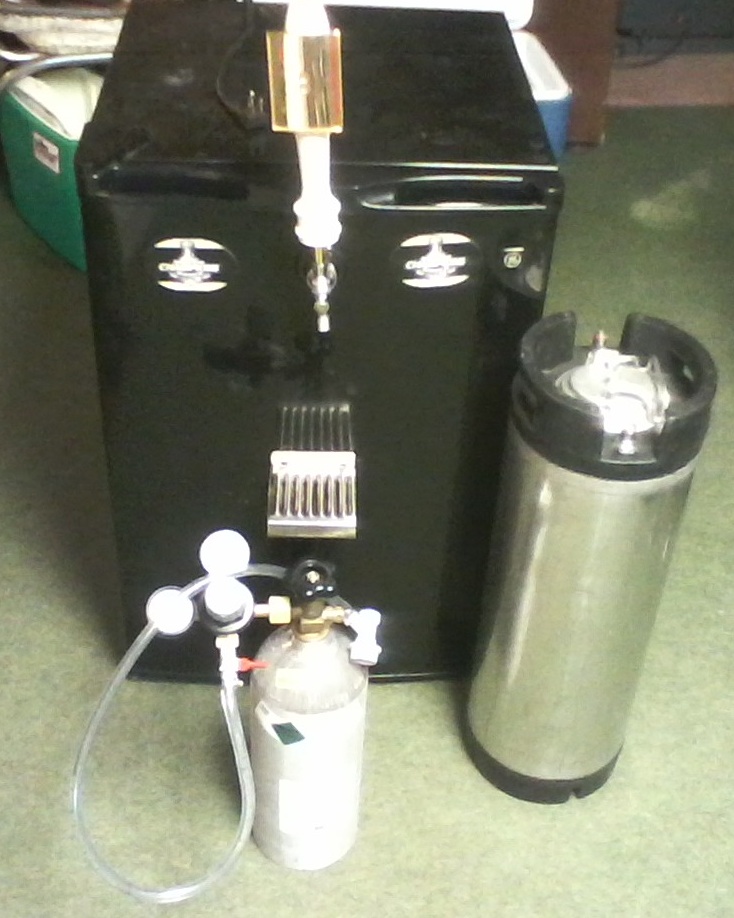Two other things as considerations:
One is how easy or hard it will be for you to life a full keg over the collar. There are ways around this if it's a problem (hinge the collar at the bottom and the top, for instance), but make sure it's comfortable to do.
Second is that if you have shorter kegs like the original Torpedo kegs, you may be able to fit them on the compressor hump with a narrower collar. I have a couple of those and they sit just fine on the compressor hump, My keezer has a 2x6 as the basic skeleton of the collar. I was able to lift the kegs over that but another 4" or more would make that dicier. Pin lock kegs converted to ball lock might do the trick. Just a thought.
Plus, wiping out the bottom of the keezer (and you will need to wipe it out from time to time) is easier the closer the rim of the collar is to the ground.
When I built my keezer, I was struck by the...I suppose, permanence of all the installations. People are gluing and siliconing the collar to the freezer base, which means it's pretty much there for all time.
I did a different approach, and I'd do it again in a heartbeat: I put foam tape used to cushion truck toppers on pickup sides on the freezer mouth, and set the collar on that. With a nice facade in front to dress it up, it stays there and seals tightly. When I need to, I can remove the collar and lid (after disconnecting the lines) and easily move the base and the collar/lid/taps.
Here's what I'm referring to:
The first shows the 2x6 "skeleton" of the collar, topped off by a 1x8 piece of clear finish pine:
This pic shows, from below, how the facade extends below the mouth of the frezer. I have this on three sides, so it can't slide side to side, or back. But the thing is heavy enough it's not going ANYWHERE. To see this, look on the very right side of the picture, you'll see a slight gap between the facade and keezer side. The plastic corners cause it to sit ever so slightly away from the side, which is fine.
Here's a pic that shows the collar pulled forward and you can see the tape it's sitting on. With my freezer, each corner has a little cap thing that stands proud of the front, back, and sides. A little double-sided tape and plastic paint shields from the home supply store and I brought that up to level so the foam tape was level and smooth all the way around. BTW, the two wires are slid in the tiny gaps between the tape. One wire is the Inkbird sensor, the other is a wire to power a small fan I keep inside:
Finally, regardless of how you do this (and I'm sure you'll do a great job), make sure that as you size the keezer you take into account how far inside the lid protrudes. Mine protrudes about an inch, which is too much for me to mount a triple-gauge regulator to the back collar.

When I closed the lid, it hit the gauges of the regulator. So I went with a distribution manifold connected via a shank to the outside where i now keep the tank and regulator.






![IMG_20170103_170423[1].jpg IMG_20170103_170423[1].jpg](https://cdn.homebrewtalk.com/data/attach/328/328091-IMG-20170103-170423-1-.jpg)





